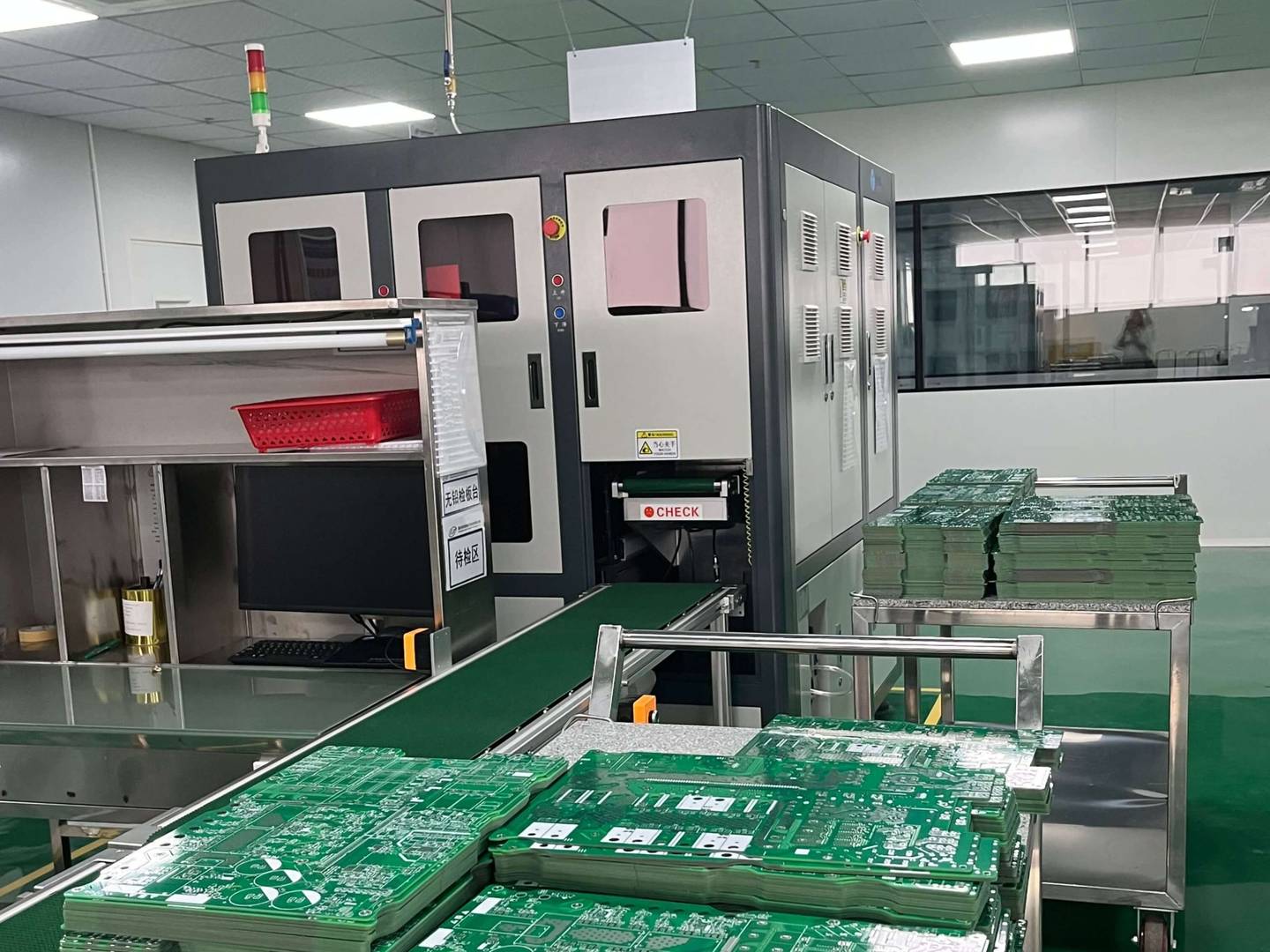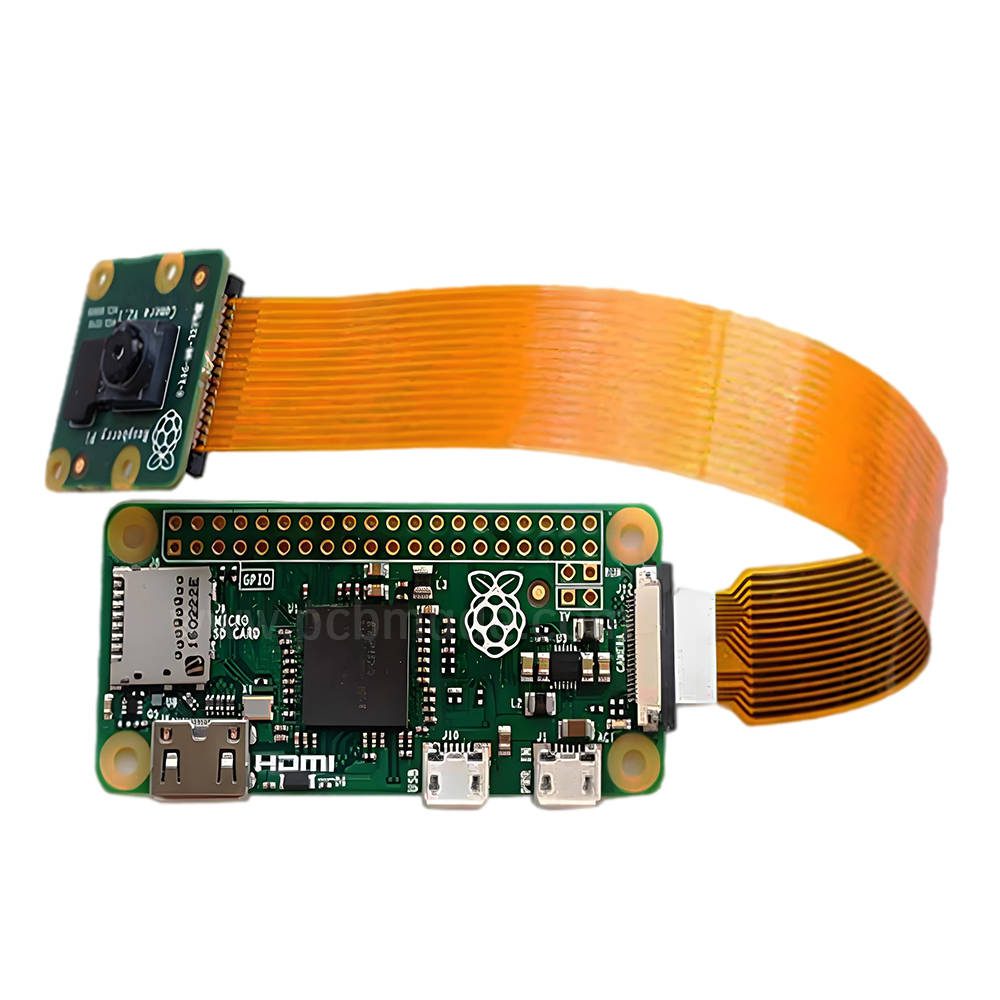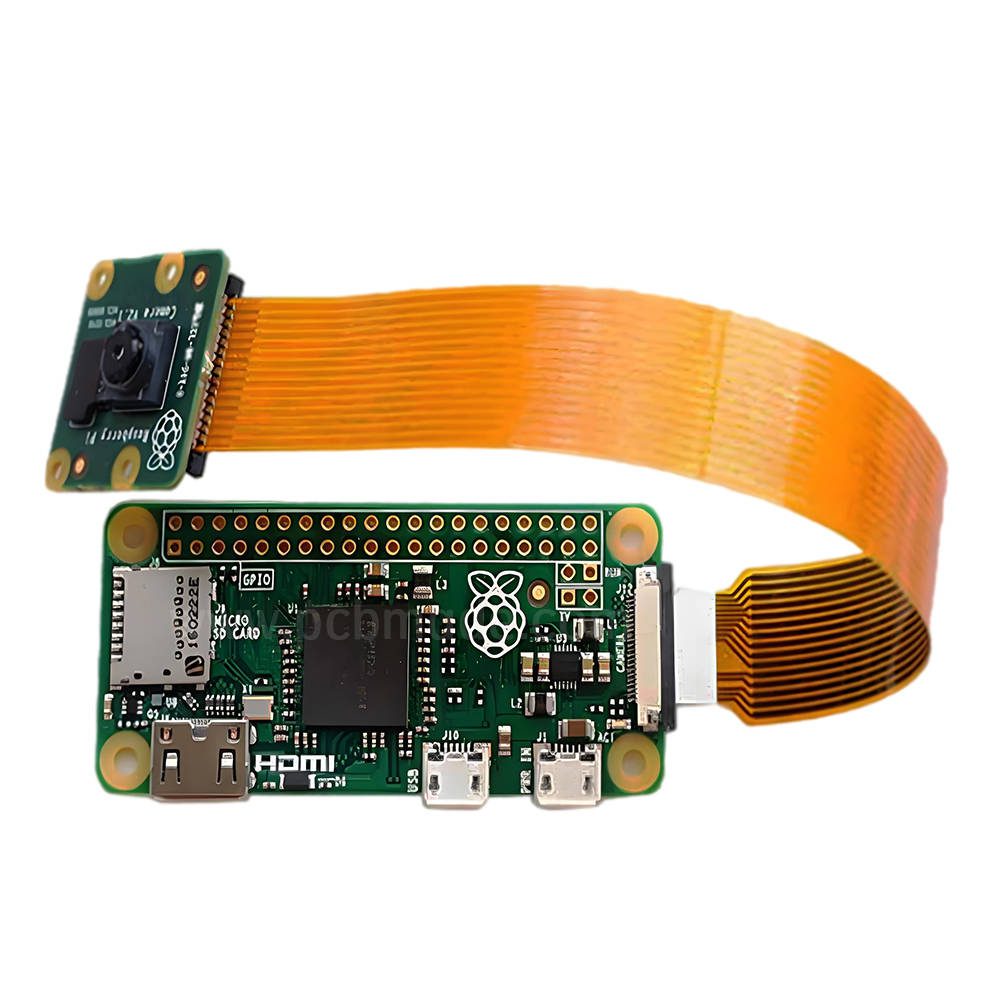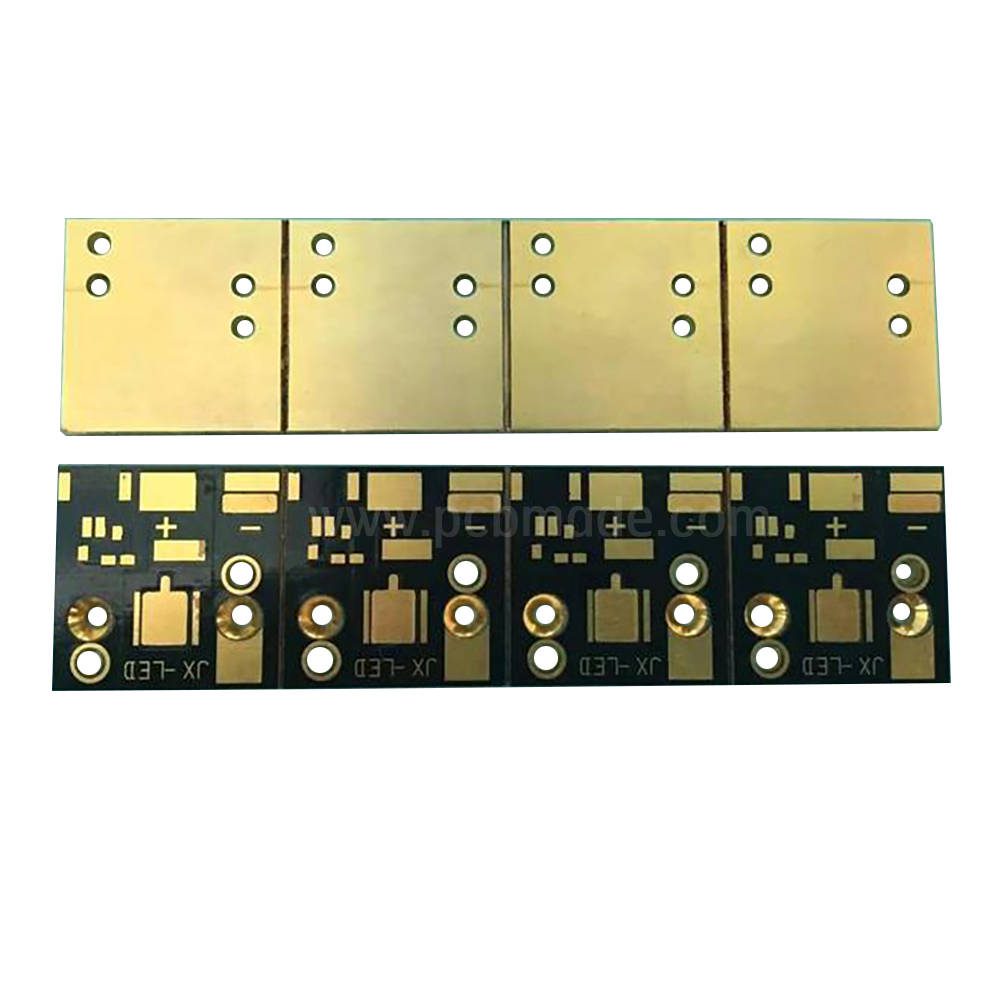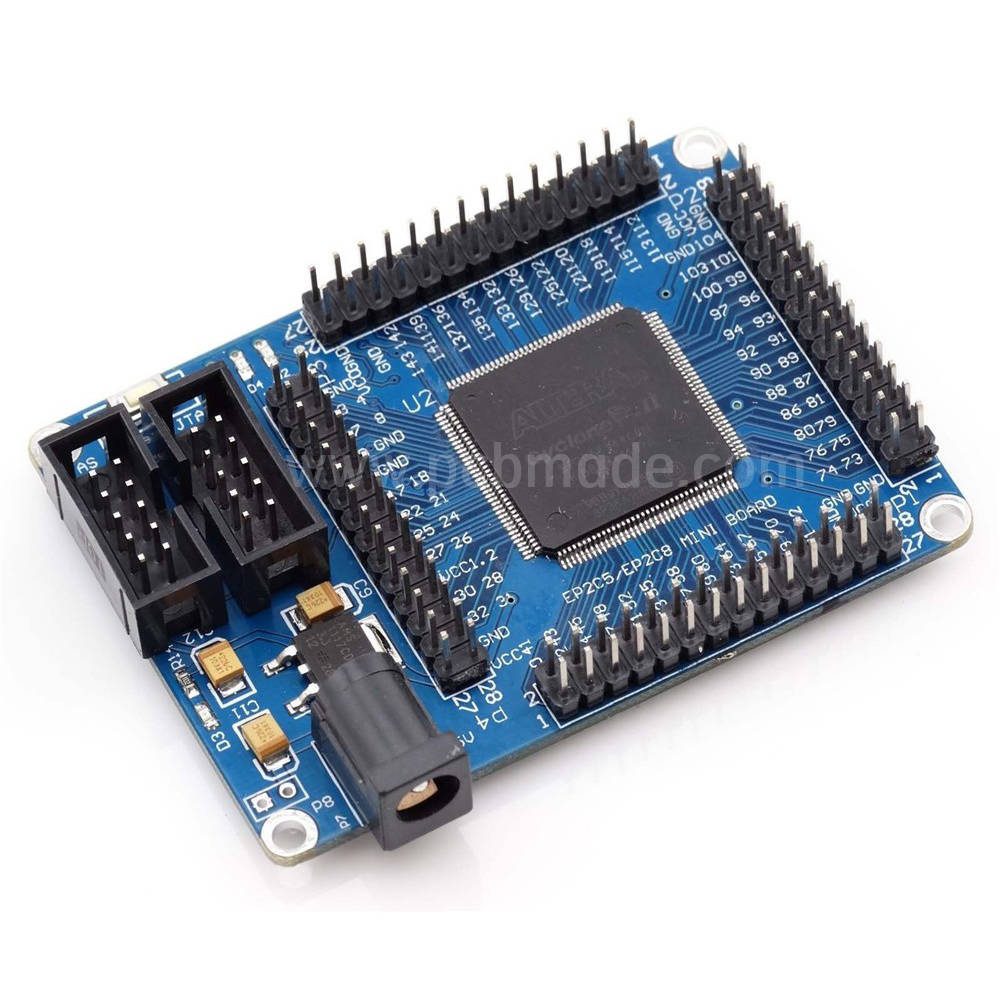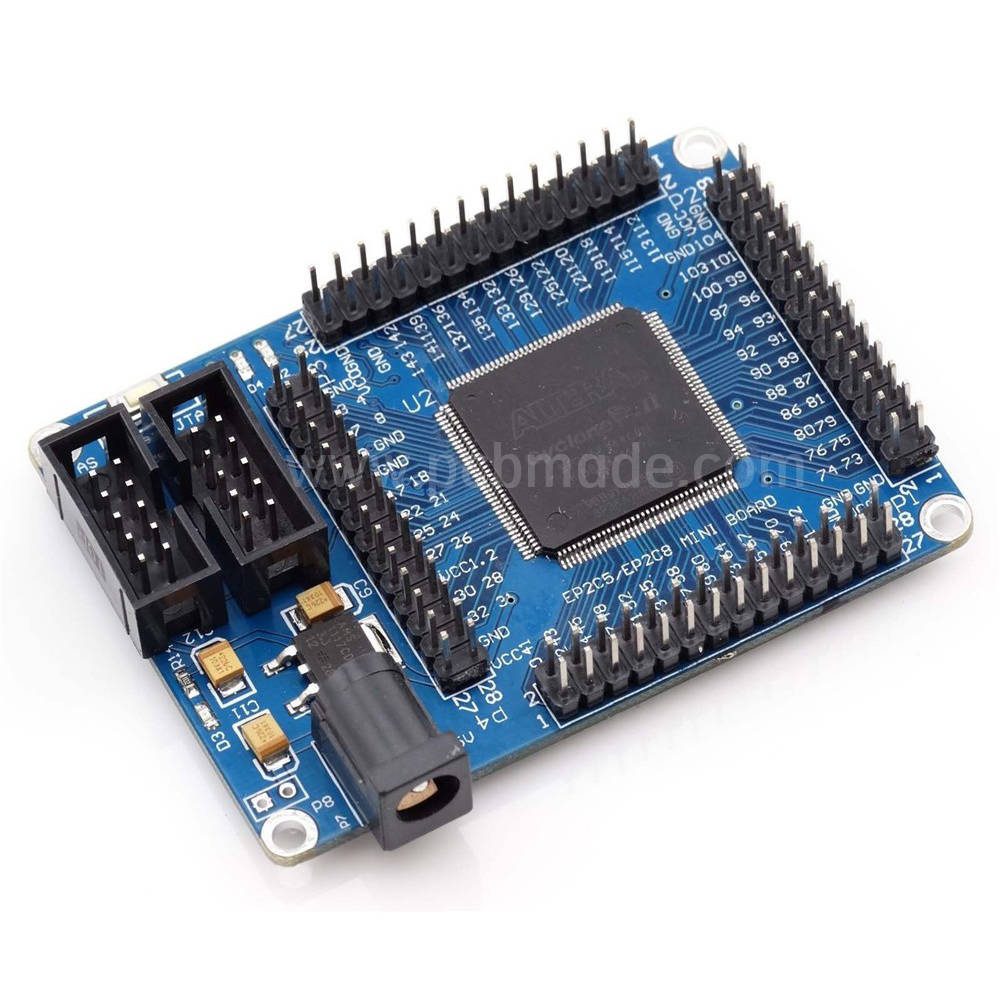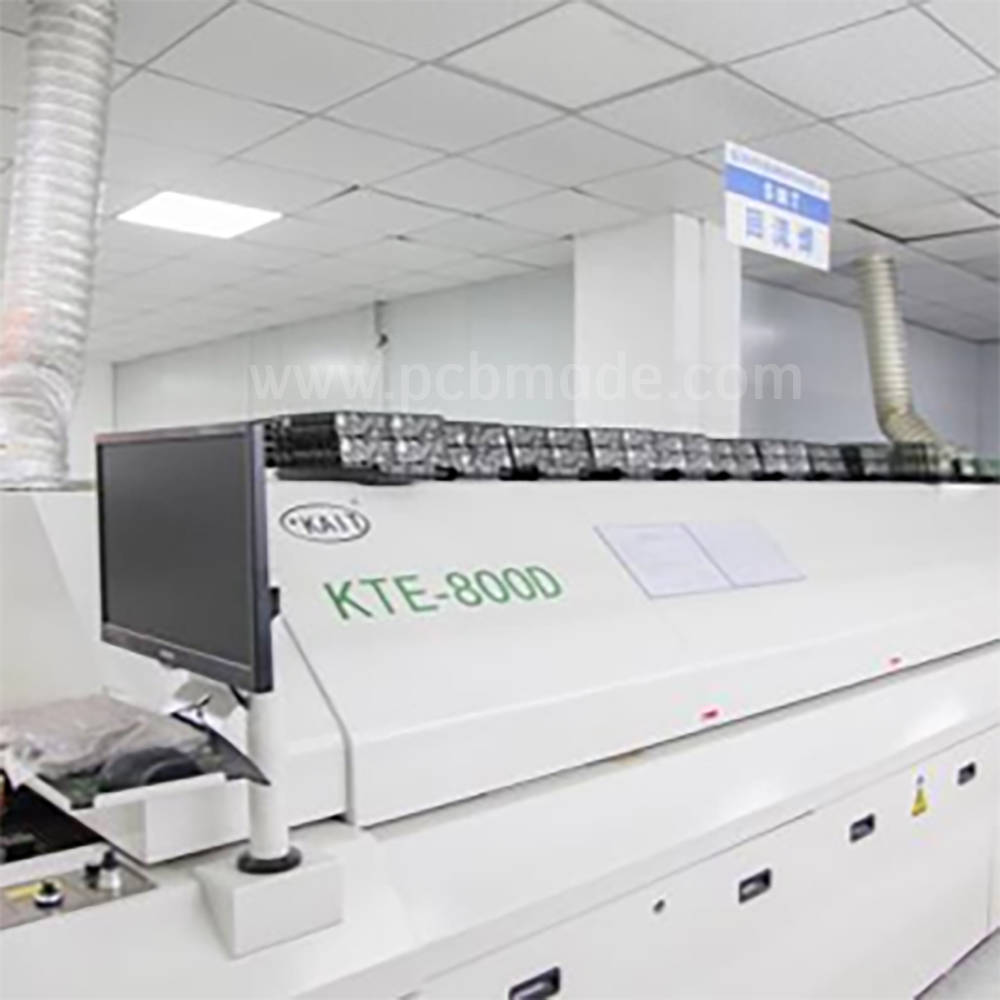FR4 is the most common high-grade dielectric material used by PCB multi-layer board manufacturers to manufacture circuit boards. This material is used in single-sided, double-sided, and multi-layer boards.
Here are some advantages of FR4 material:
The working temperature range is relatively large (50 C to 115 C);
High Tg value (about 180 ° C);
Provide good mechanical performance to maintain the integrity of the circuit board structure;
Compared to other materials, it is cost friendly.
FR stands for flame retardant, and the number “4” represents woven glass reinforced epoxy resin. The characteristics of FR4 vary greatly depending on the manufacturer, although it is typically known for its mechanical strength and water resistance. This material serves as an insulator in PCBs, isolating adjacent copper planes while also providing overall mechanical strength.
一、What are the properties of FR4 substrate?
1、Flame retardant
The chemical substances used on materials to prevent or delay the spread of fire are called flame retardants. FR4 substrate has excellent thermal, mechanical, and electrical properties, making it the perfect choice for a wide range of electronic applications. Flame retardant laminates and pre impregnated materials have a wide range of applications, suitable for various manufacturing processes, and produce predictable results.
2、Good electrical performance
The electrical properties of PCB materials are crucial for considering signal integrity and impedance. They determine the speed at which electrical signals propagate in materials and how much charge they can retain in a given volume.
3、Low moisture absorption
Moisture absorption refers to the ability of PCB materials to resist water absorption when immersed in water. It is given by the percentage increase in weight of the circuit board material due to water absorption under controlled conditions. After soaking in water for 24 hours, the low moisture absorption rate of FR4 material is 0.10%.
二、Limitations of FR4 circuit board materials
FR4 has been used for printed circuit boards for many years. It is inexpensive and provides sufficient electrical insulation. However, when FR4 is applied to high-speed applications, the following issues may arise:
1、Insulation stability
Although FR4 is a good insulator, it also has its limitations when subjected to high power, high voltage, or high heat. If a certain limit is exceeded, the insulation performance of the material will deteriorate and they will begin to conduct electricity. This will cause the circuit board to malfunction.
2、Controlled impedance
FR4 does not provide a uniform dielectric constant like high-speed circuit board materials. As the frequency increases, Dk also changes. The dielectric constant tolerance of high-speed materials is less than 2%, while the tolerance of FR4 is as high as 10%. The Dk variation in FR4 presents challenges while maintaining impedance values. Therefore, this material is not the preferred choice for controlling impedance boards.
3、signal loss
Signal loss is an important aspect of PCB design, especially in high-frequency applications. FR4 is not the best material for these applications because it has a larger Df (dissipation factor) than high-frequency materials.
The Df of FR4 is about 0.020, while the Df of most high-frequency laminates is about 0.004, which is a quarter of the Df of FR4. The smaller the Df, the smaller the overall signal loss. Another disadvantage is that the Df of FR4 increases with the increase of signal frequency. Therefore, these PCBs suffer higher signal losses than boards manufactured using high-frequency laminates. The above figure illustrates the relationship between frequency and loss per inch (dB) for FR4 and Rogers RO4350B (high-speed materials). It clearly describes that FR4 material suffers greater losses at high frequencies.
4、Temperature Stability
For equipment exposed to high temperature environments, it is not recommended to use FR4 material. In addition, these materials do not support lead-free soldering because the reflow temperature of lead-free PCB components can reach 250 degrees Celsius. This is significantly higher than the Tg of many FR4 versions.


